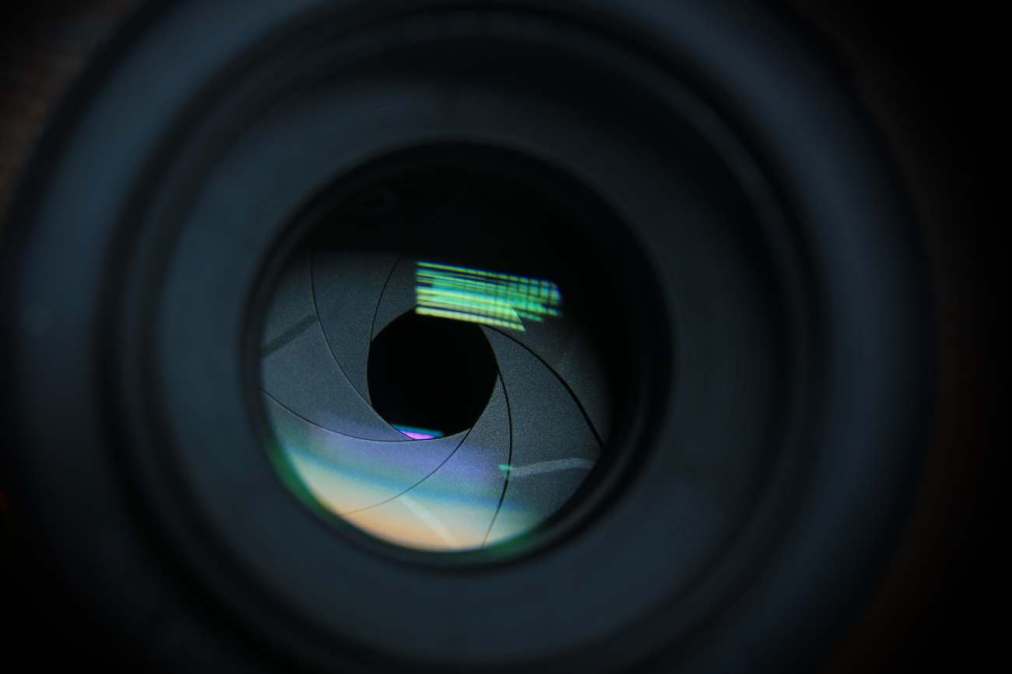Penn State goes full Zoom with new classroom cameras

Students attending courses at the Pennsylvania State University’s University Park campus this summer may notice a new addition to their classrooms: cameras that automatically track and record their instructors.
Penn State’s technology services division announced the new cameras Wednesday, along with a transition to using Zoom as the default video platform for archived instructional videos. University leaders said the new cameras, with their tighter integration with the popular video conferencing software, will boost the quality of the university’s in-classroom recordings, improving students’ educational experiences.
“The new [pan-tilt-zoom] cameras act like an on-demand videographer,” Ty Emel, a university classroom support supervisor, said in a press release. “They intuitively follow the person speaking and moving at the front of the room and automatically adjust camera settings to ensure that recordings remain in focus without the need for separate operator intervention. They return full control of the recording to the user while providing a user-friendly recording experience.”
According to the announcement, the cameras’ software “easily” integrates with the university’s Crestron podiums and Zoom user accounts, which is being adopted instead of Mediasite, the university’s current video publishing platform.
“The cameras add significant flexibility for Zoom event hosts and viewers, such as picture-in-picture viewing capability, and remain in control of the user logged in at the podium, not monitored separately,” the release reads.
For privacy, the new cameras will point at the wall before they’re activated and swivel around to face the front of the room after being turned on, according to the announcement. The university says the new cameras don’t record audio and instructors must rely on their podium microphones.
Video archives of classroom instruction have become more popular among students and educators in recent years, particularly after the COVID-19 pandemic, when social distancing measures forced many students to study remotely. In 2020, one University of Tennessee, Knoxville professor spent hundreds of hours and tens of thousands of dollars converting a room in his home into a high-tech teaching studio that allowed him to retain a human connection with his students.

